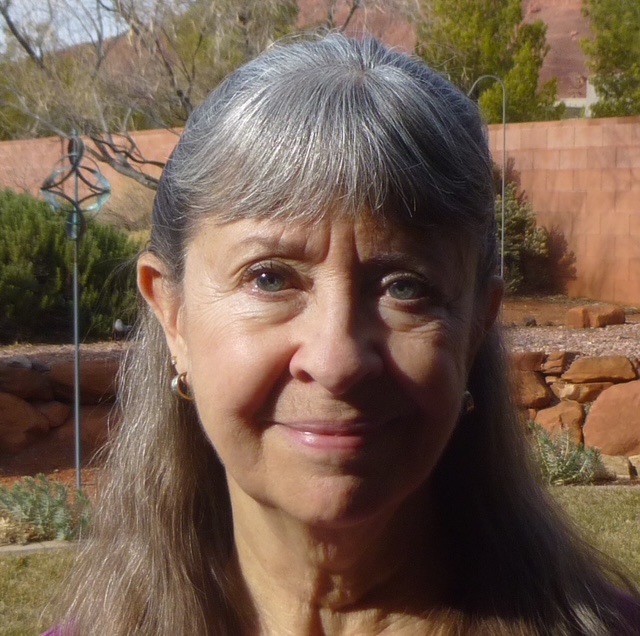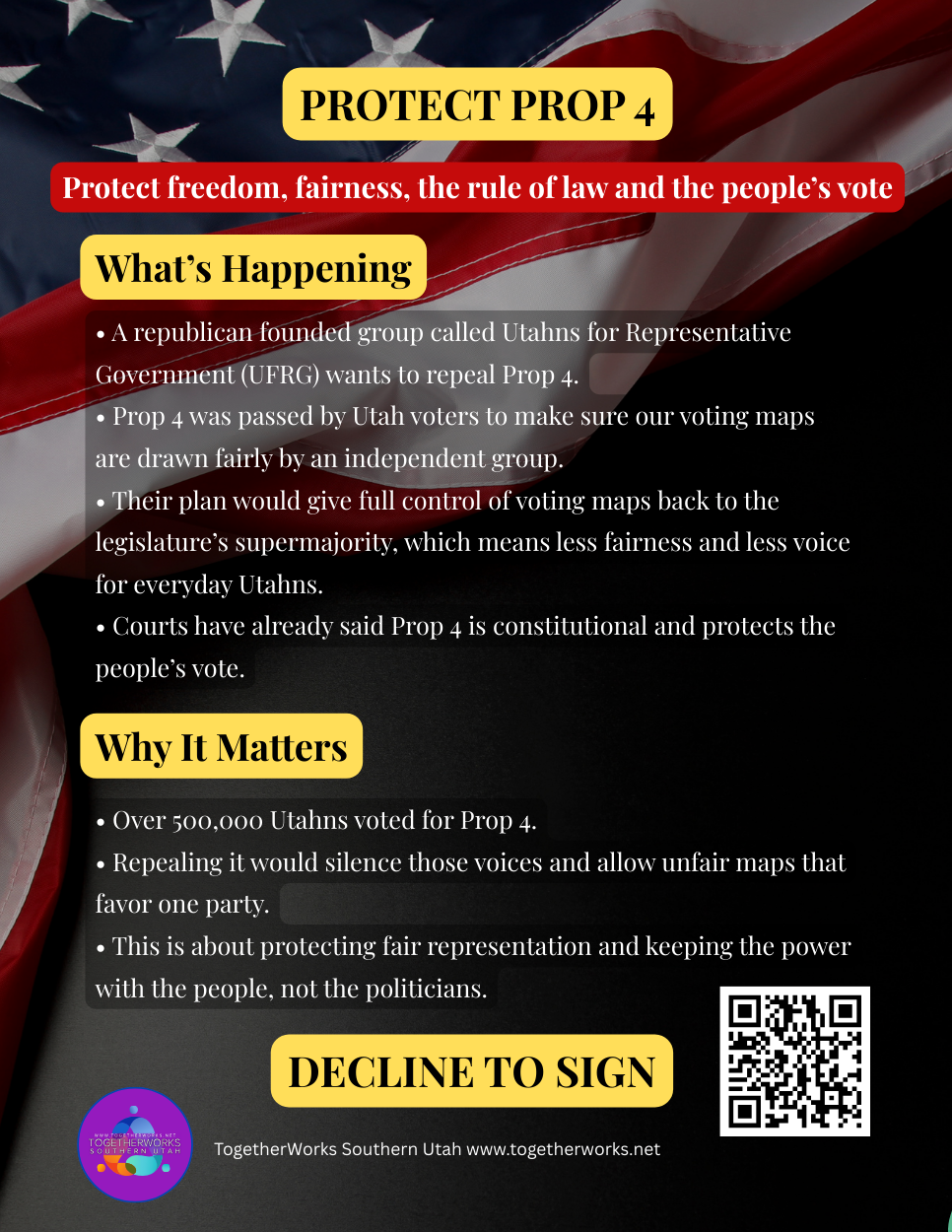The views and opinions expressed are those of the author and do not necessarily reflect the official policy or position of TogetherWorks Southern Utah.
For nearly twenty years I’ve been battling to protect Red Cliffs Desert Reserve, the 62,000-acres mostly north of St. George, now mostly a national conservation area. That battle has included many passionate people. The organization leading this effort has been Conserve Southwest Utah (CSU), Washington County’s premier grassroots conservation organization.
At issue has been the proposed Northern Corridor, a highway which would run directly through the heart of Red Cliffs’ prime desert habit that was established in the mid-1990s to protect the threatened Mojave desert tortoise along with other threatened and endangered species and which now provides excellent recreational opportunities for residents and visitors alike.
In 2017, Washington County leaders created a scenario that they thought would help gain them support for stabbing a highway through the heart of Red Cliffs where the greatest number of Mojave desert tortoises reside – Zone 3. They created a new zone – Zone 6 – on the west side of Washington County that also has tortoises and is heavily recreated. By making the area affected by the proposed highway look small compared to the large Zone 6 area, officials have created a “visual” battle between those who love Zone 3 and those who want Zone 6 protected. They’ve created a video intended to convince the public that Zone 3 should be sacrificed to allow Zone 6’s existence. This is contrary to the very essence of the original Red Cliffs agreement which allows only the existing Red Hills Parkway to be expanded to handle traffic and flies in the face of the fact that much of the Zone 6 area was already protected public land before it was named Zone 6.
Zone 6 (6,800 acres) in the Greater Moe’s Valley area is a heavily recreated area. The area includes over 3,000 acres of Utah Trust Lands. Now the county is saying that if they don’t get their preferred road, they will remove protections from Zone 6.
But, as CSU’s website shows, there are numerous opportunities for saving Greater Moe’s Valley, which deserves protection with or without the Northern Corridor, including land swaps, conservation buyers, federal protection measures and collaborative efforts between SITLA, government officials, and local stakeholders to find mutually beneficial solutions.
In January 2021 the contentious route through Red Cliffs was approved by government agencies. A legal battle ensued!
In June 2021 the Red Cliffs Coalition, headed by CSU, filed a lawsuit to stop the approved Northern Corridor Highway. In November 2023 the case was remanded back for consideration by the agencies and involvement by the public once again. At the end of President Biden’s administration in 2024 the agencies found in favor of CSU and the coalition, stopping the Northern Corridor through Zone 3. The court considered the Northern Corridor a poor option for the St. George community, because in addition to loss of habitat, it would increase fire probability and frequency, spread noxious weeds and invasive plants, and negatively impact cultural and historical resources.
But that wasn’t the end of the story. The county is intent on getting their way, and now that D.C. political winds are blowing their way, they are pushing again for approval of the Northern Corridor.
Utah’s Department of Transportation and county officials believe that a road through Red Cliffs is the only way to handle traffic, but alternatives were offered during past agency reviews of this issue. Two alternatives Red Hills Parkway Expressway and a St. George Boulevard/100 South One-way Couplet were studied.
In June 2024 two documents contained important information regarding the cost and performance of the alternatives under consideration for a transportation corridor. The Red Hills Parkway Expressway and the St. George Boulevard/100 South One-way Couplet both showed performance equal to or better than UDOT’s preferred route, and were also cheaper, particularly the One-way Couplet. County officials did not like that and now are asserting that they have evidence that the Red Hills Parkway Expressway, which the agencies approved in 2024, would cost more than the UDOT route through Red Cliffs.
Just as Red Cliff’s Zone 3 where the NC would run must be preserved, so should Zone 6 but not at the cost of destroying Zone 3.
For years, I and others have fought to protect the five zones in Red Cliffs. Now, those recreationists who love Greater Moe’s Valley and Zone 6, along with CSU’s help and all of us who value this area, should fight to stop the Northern Corridor but also fight to have officials protect Zone 6, too.
The new environmental analysis released by BLM is now open for public comments. Now it’s time to once again speak out against the Northern Corridor.
Please help preserve Red Cliffs Zone 3!
Public comments are due to the Bureau of Land Management by November 3. https://eplanning.blm.gov/eplanning-ui/project/2040817/510
Additional articles I’ve written about the Northern Corridor with more details about the highway’s history are available: https://suindependent.com/category/opinion-columns-cartoons-letters/columns-opinion-columnist-independent/lisa-rutherford-opinion/.

Originally from New Mexico, Lisa has lived in Ivins for 25 years. Since 2006, Lisa has been involved with Conserve Southwest Utah and served on CSU’s board. Lisa wrote for The Spectrum’s Writers Group until it was disbanded and wrote for the Southern Utah Independent when they published opinion pieces. Her writing focuses mainly on conservation issues to help raise the level of awareness in southern Utah. She and her companion Paul Van Dam, former Utah Attorney General, have been deeply involved in issues including the Northern Corridor and the Lake Powell Pipeline.



